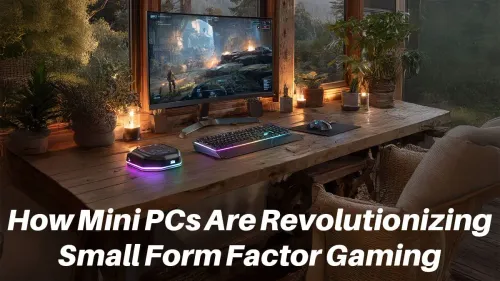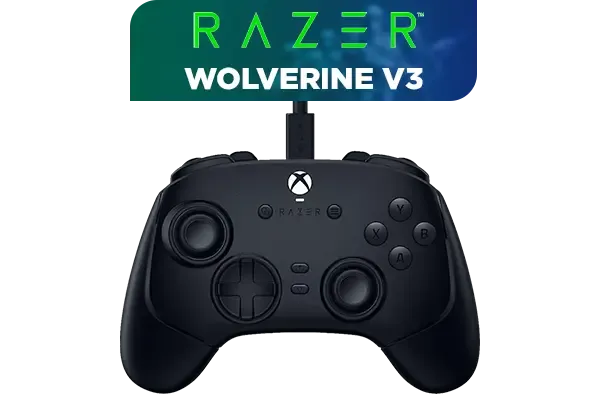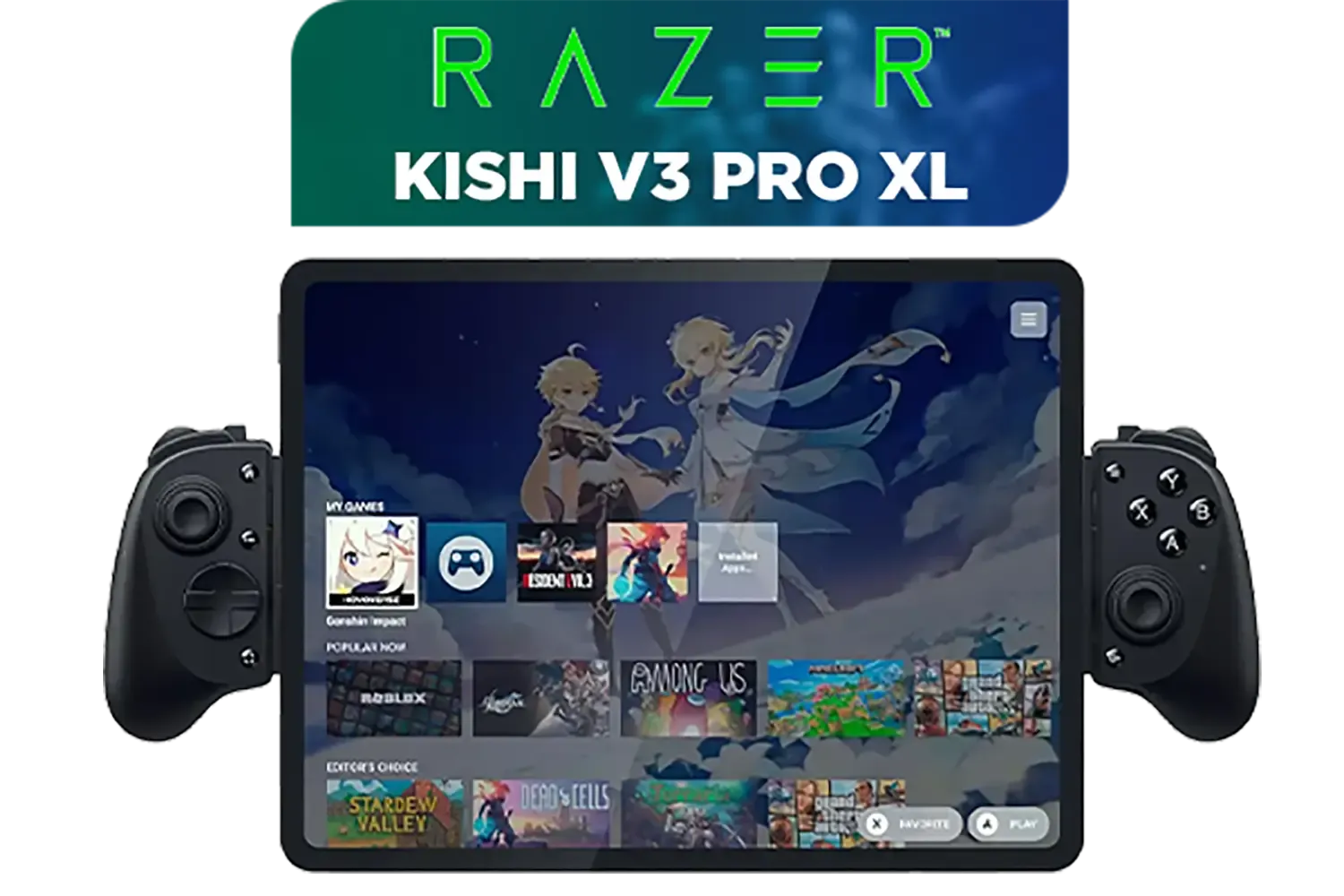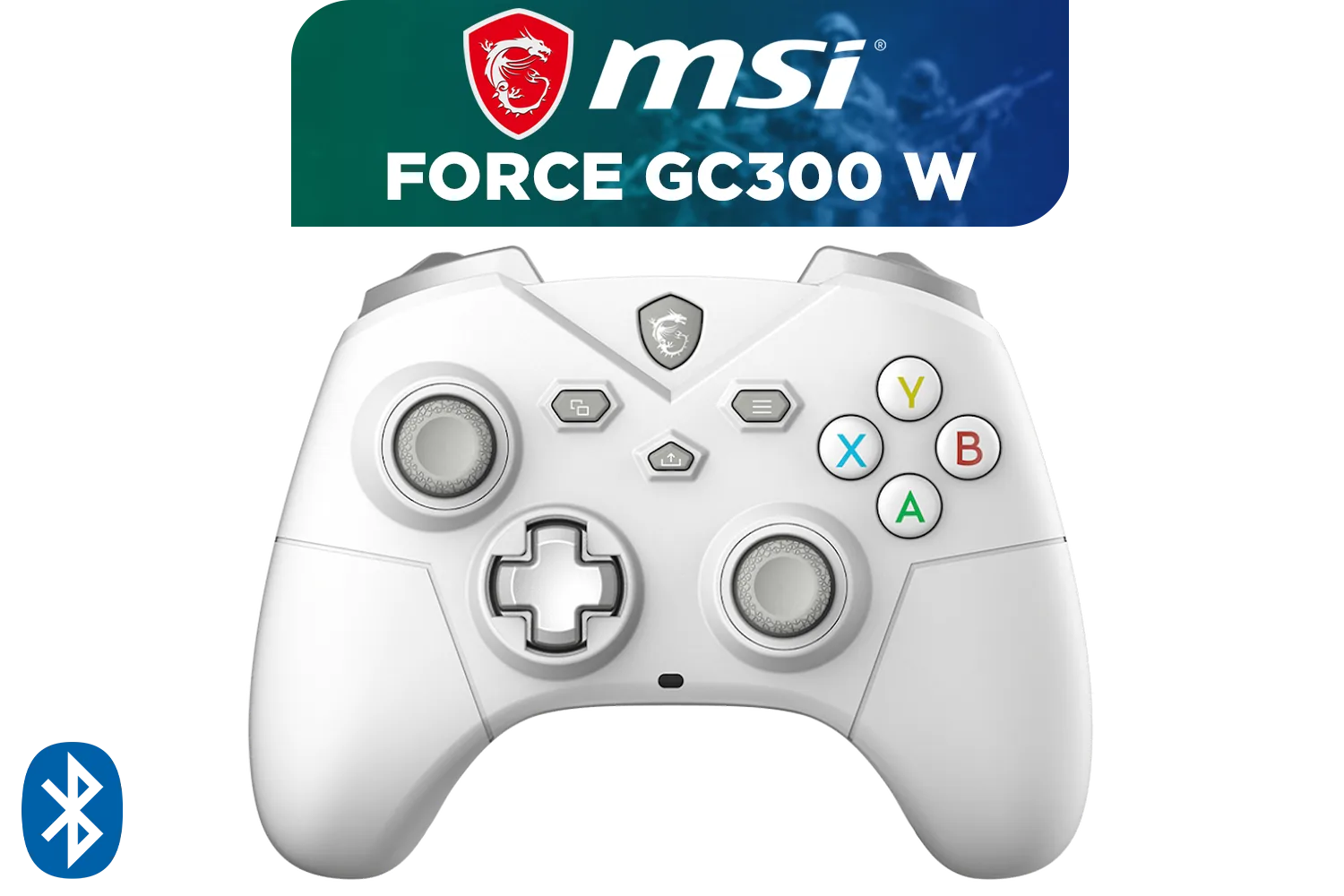
Compact Gaming Powerhouses
Discover how mini PCs are transforming gaming with powerful performance in tiny packages 🎮🔧. Learn why these compact rigs are the future of small form factor gaming and how they balance portability with high-end specs.
Explore the complete handheld gaming PC history, from the ambitious pioneers of the 80s to today's powerhouses like the Steam Deck and ROG Ally. Discover the key devices, technological leaps, and the future of PC gaming in your hands. Ready for a nostalgia trip? 🕹️➡️💻

Remember begging your parents for a Game Boy, hoarding AA batteries like a dragon hoards gold? Fast forward a few decades, and we're playing AAA titles on devices that fit in our backpacks. The evolution of portable gaming is staggering. This isn't just about shrinking components; it's a revolution in portable power. Let's dive into the fascinating handheld gaming PC history, a journey from ambitious dreams to the powerful reality we have in South Africa today. 🚀






Long before we could run Windows in our palms, devices like the Atari Lynx (1989) and Sega Game Gear (1990) lit the path. They weren't PCs, but they were bold. The Lynx boasted a backlit colour screen and a powerful 16-bit CPU, while the Game Gear brought vibrant Sega classics to a portable format.
Their biggest legacy? Proving gamers had an appetite for high-quality, on-the-go experiences. They also highlighted the biggest challenge that would plague portable gaming for years: brutal battery life. These early pioneers set the stage for the decades-long quest to balance power with portability, a core theme in the history of handheld gaming PCs.
The mid-2000s saw the birth of the "Ultra-Mobile PC" or UMPC. Devices like the OQO Model 01 tried to cram a full Windows XP experience into a pocket-sized (well, a very large pocket) form factor. It was a glimpse into the future, but one that was clumsy, incredibly expensive, and often too underpowered to run anything more demanding than Solitaire.
These devices were crucial stepping stones, however. They were the first to truly merge PC architecture with a handheld design. The dream was alive, even if the technology wasn't quite there yet. The real challenge was creating a device that felt like a console but offered the flexibility of a PC, a puzzle that would take another decade to solve. For a truly immersive experience on any device, you need clear audio, and pairing your handheld with a quality gaming headset is non-negotiable.
The modern era of the handheld gaming PC didn't start with the big brands. It was forged by smaller, passionate companies like GPD (GamePad Digital) and AYA. Devices like the GPD Win series proved that a dedicated market of PC gamers was desperate for a powerful, portable solution.
These devices combined laptop-grade processors with built-in controllers, creating the blueprint for the handhelds we see today. They showed the big players that it could be done, refining the form factor and building a community that was ready for the next big leap. This new wave of devices also made it clear that to get the most out of them, you need more than just the console itself; you need a whole ecosystem of essential gaming accessories to complete the setup. ✨






When Valve announced the Steam Deck in 2021, the entire landscape shifted. It wasn't the first, but it was the first to get the formula just right for the mainstream. By combining a custom AMD APU with a heavily optimised Linux-based OS (SteamOS), Valve delivered incredible performance at a price point that competitors couldn't match.
Suddenly, playing your existing Steam library on the go wasn't a dream; it was a reality. The Steam Deck's success has since inspired a new wave of powerful handhelds from giants like ASUS and Lenovo. Many users take performance even further by upgrading the internal SSD for faster load times and more space for their massive game libraries.
On most modern handheld PCs like the Steam Deck or ROG Ally, you can manually set a Thermal Design Power (TDP) limit in the device's performance settings. For less demanding indie games, dropping the TDP to 7-9 watts can nearly double your battery life without sacrificing performance. It's a must-do for long road trips!
The handheld gaming PC history has brought us to a golden age. With powerful devices becoming more accessible, South African gamers have more choice than ever for true, no-compromise portable gaming. From the couch to a coffee shop, you can carry your entire PC library with you. This convergence of power and portability is supported by a universe of gear, and having all your tech essentials in one place makes building your ultimate mobile rig easier than ever. What a time to be a gamer!
Ready to Join the Handheld Revolution? The evolution of handheld gaming PCs has brought desktop-class power to the palm of your hand. Whether you're upgrading your device or kitting it out, Evetech has you covered. Explore our massive range of PC gaming gear and find everything you need to conquer your world, anywhere.
While debatable, many point to devices like the Atari Lynx or TurboExpress as early precursors. The first true x86-based devices that could run PC operating systems emerged much later.
The evolution of handheld gaming PCs has seen huge leaps in processing power, screen resolution, and battery life, moving from basic DOS games to running modern AAA titles on the go.
Yes, the Steam Deck is a prime example of modern handheld gaming PCs. It runs a custom Linux OS but is fully capable of operating as a portable computer for a vast PC game library.
The key difference is the open platform. A handheld gaming PC typically runs a desktop OS like Windows or Linux and can access multiple game libraries like Steam, Epic, and GOG.
Absolutely. Devices like the Steam Deck, ROG Ally, and Legion Go have ignited mainstream interest, proving a strong and growing market for high-performance portable PC gaming.
The future of portable PC gaming points towards more powerful APUs, improved battery efficiency, OLED screens becoming standard, and deeper integration with cloud gaming services.